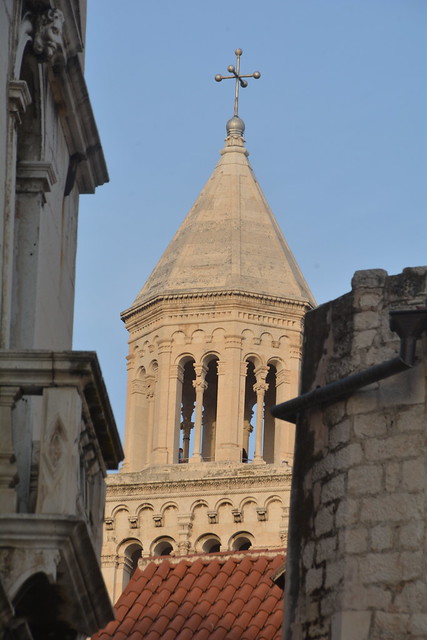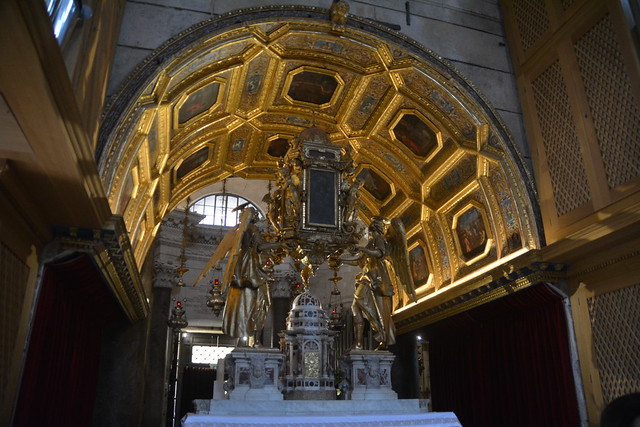When traveling from Rogotin to Split, we decided to take the coastal highway, E70, which offers picturesque views with its curves and serpentines following the coastline. Google Maps usually suggests the toll motorway E65, which is only 130 km and takes around 1 hour and twenty minutes, saving an hour compared to the coastal route. However, we opted for the scenic journey along the coast during the day. In the evening, for a quicker return trip, we took the faster motorway back home.

Exploring Split: A Blend of Italian Influence, Tourist Attractions, and Historical Irony
Split, the second-largest city in Croatia, has a rich history dating back to the times of the Diocletian’s Palace. This historic center, including the Diocletian’s Palace, has earned the prestigious title of a UNESCO World Heritage Site since 1979.
In the early 19th century, the Austrian Empire conquered Illyria and transformed it into the Kingdom of Dalmatia, where Italian became the official and educational language. However, with the rise of the Croatian nationalist People’s Party in 1882, Croatian became the city’s official language, though Italian designations, like the name “Spalato,” remained in use nationwide until 1918.
After World War I, Split became part of the Kingdom of Serbs, Croats, and Slovenes, later renamed the Kingdom of Yugoslavia.

One of the main highlights of Split is the Old City, centered around the grand Diocletian’s Palace. As we entered the Cathedral of Saint Domnius within the palace complex, we marveled at its ancient origins. The cathedral, consecrated around the 7th century AD, stands as one of the oldest Catholic cathedrals worldwide, maintaining its original structure with minimal renovations. The Cathedral, formed from an Imperial Roman mausoleum with a bell tower, is dedicated to the Virgin Mary and Saint Domnius. It is an irony of history that the mausoleum of Diocletian, who once persecuted Christians, is now a cathedral honoring the Christian faith.
The city’s waterfront promenade, known as “Riva”, offers a picturesque setting along the harbor, boasting captivating views of the sea and the architectural wonders of the Diocletian’s Palace. Riva is a hub of activity, bustling with a myriad of cafes, restaurants, and shops, attracting both locals and tourists alike.

Split undoubtedly carries the essence of an Italian town with its historical roots and influences, and it continues to enthrall countless visitors with its rich cultural heritage, vibrant ambiance, and the intriguing irony of the cathedral within the ancient mausoleum.













































Leave a Reply